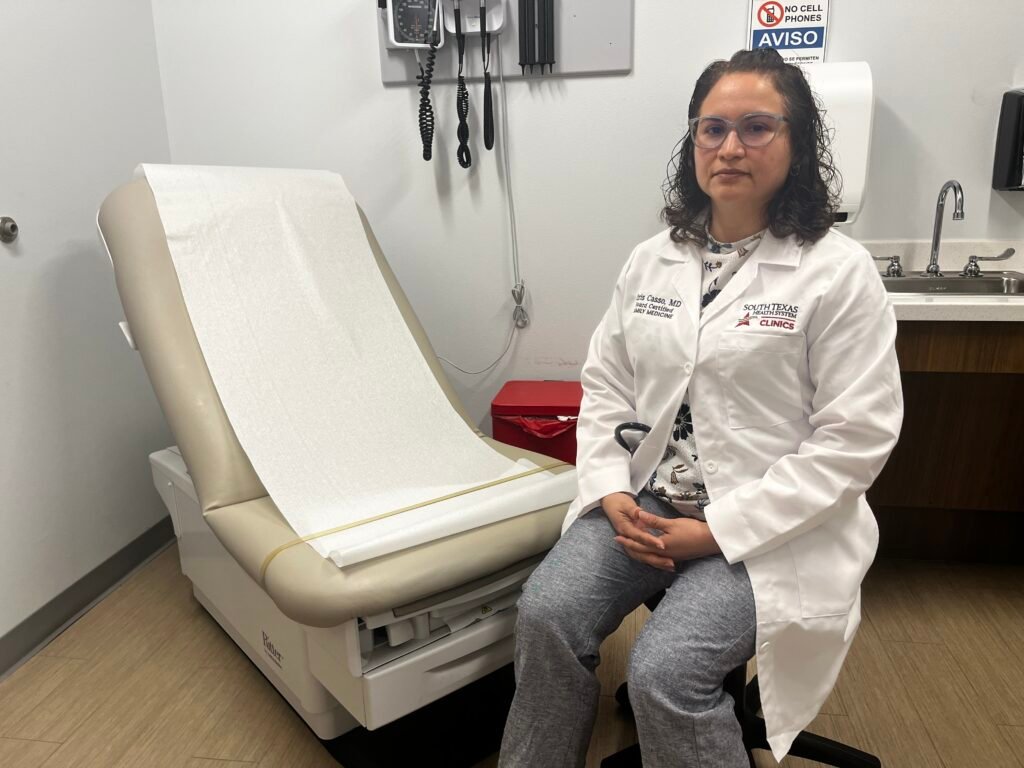The Health Crisis Unfolding in Starr County, Texas: A Community in Peril
Introduction
Starr County, Texas, a predominantly rural and Hispanic community located along the southern U.S. border, faces a profound healthcare crisis. Amidst soaring poverty and rising uninsured rates, local healthcare facilities are becoming overwhelmed, with implications that extend far beyond this community.
A Triage of Challenges
On a typical afternoon in June, Dr. Jake Margo Jr., a family medicine physician at Starr County Memorial Hospital, found himself explaining to a patient why someone with a persistent fever didn’t require emergency room admission. “We’re going to take care of the sickest patients first,” he affirmed, highlighting the dire situation before him. The emergency room (ER) was packed, and an ambulance awaited outside, transporting yet another patient who would have to be stabilized without a bed available.
Margo expressed the universal challenge faced by many rural medical practitioners, lamenting, “Everybody shows up here. When you’re overwhelmed and overrun, there’s only so much you can do.”
Political Underpinnings of the Crisis
Starr County gained national attention in 2024 when it voted Republican in a presidential election for the first time in over a century—an election defined by issues related to immigration and economic concern. Notably, nearly a third of the population lives below the poverty line, which exacerbates the situation as more individuals rely on emergency services due to a lack of adequate healthcare access.
Recent policy changes introduced by the Trump administration and the GOP-controlled Congress have intensified fears about the sustainability of healthcare services for uninsured patients. Across the nation, many communities face similar predicaments, where residents are expected to lose health coverage amid new legislation dubbed the One Big Beautiful Bill Act.
Experts like Dr. Sara Rosenbaum from George Washington University highlight that "you can’t disinsure this many people and not have a collapse of the healthcare system," and remark “the future is South Texas,” indicating broader implications for rural healthcare.
Financial Strain on Health Systems
Currently, Starr County’s healthcare providers face one of the highest uninsured rates in the U.S. Under existing laws, emergency rooms must stabilize or transfer patients irrespective of their ability to pay, leading to what Margo describes as “disaster medicine.” Patients often arrive in critical conditions, having delayed seeking care due to financial constraints.
Primary care doctors in Starr County attend to roughly 3,900 individuals each—a significantly higher average than the national norm. With insufficient resources and a heavy load of uninsured patients, many undertake substantial risks by using ERs as their first point of contact for healthcare, a reality that is unsustainable for the regional healthcare system.
As reported by KFF, about 14 million Americans are projected to lose health insurance in the coming decade because of the recent legislative changes. The Trump administration’s cuts to programs that aid the care of uninsured individuals raise alarms that hospitals and clinics supporting low-income patients may soon have to close their doors.
Community Impact: A Personal Perspective
Esther Rodriguez, a 39-year-old resident of McAllen, illustrates the human impact of this crisis. With her husband earning only $600 a week from a construction job, neither can afford health insurance. Medicaid once covered her pregnancy expenses, but she now relies on a mobile health clinic for care—facing the very real prospect of ER visits for routine health maintenance.
“Health insurance is not a luxury; it’s a necessity,” states Maria Salgado, a community health worker devoted to helping residents navigate insurance enrollments. Cuts to funding for navigators and community health resources will leave many residents without support, exacerbating the already critical state of healthcare in the region.
A Critical Need for Sustainable Solutions
The implications of these healthcare challenges extend beyond access to services; they threaten to destabilize the entire healthcare system. A recent survey revealed that nearly half of rural health facilities may face closure due to ongoing Medicaid cuts, with around 75% expecting layoffs in the near future.
Public health departments, often instrumental in filling care gaps, are likewise struggling. Federal funding cuts have resulted in significant layoffs and reduced operational capacity. Programs vital for community health, including annual initiatives like Operation Border Health, have been downsized or discontinued altogether.
Kush Desai, a White House spokesperson, contends that the projected healthcare fallout may be exaggerated, yet the sentiment in Starr County starkly contrasts with this perspective. Providers question whether “the sky will fall,” as urgent needs remain unmet for uninsured patients reliant on safety nets that are gradually fraying.
Conclusion
The plight of Starr County is a microcosm of a larger national trend that threatens the viability of healthcare systems in vulnerable communities across the United States. As uninsured rates continue to rise and support systems diminish, the time for robust policy changes is now. The future of healthcare in these communities depends on the collective will to ensure that essential services remain accessible to those who need them most.
For further reading, visit KFF Health News for in-depth analysis on healthcare policy impacts across the nation.


